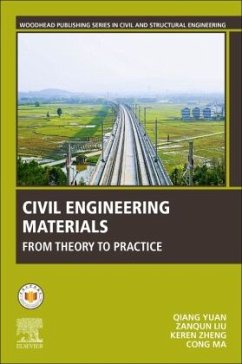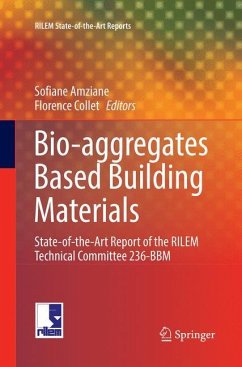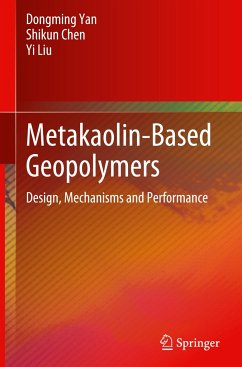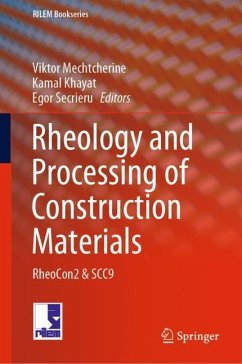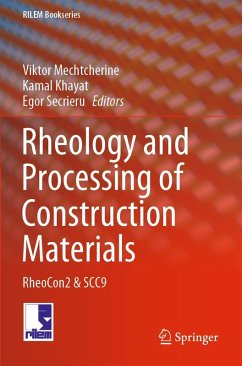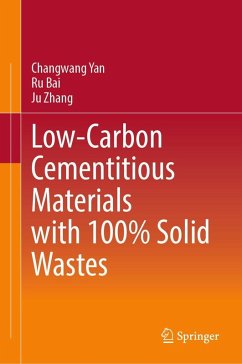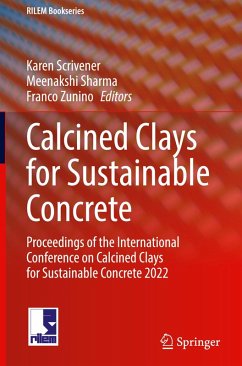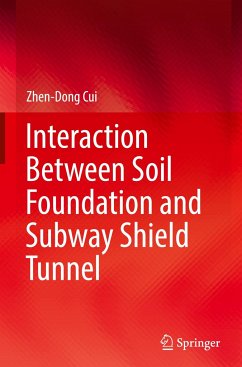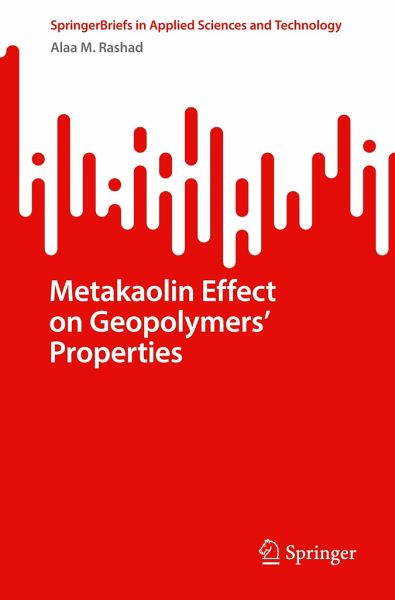
Metakaolin Effect on Geopolymers' Properties

PAYBACK Punkte
17 °P sammeln!
This book delves into the world of metakaolin (MK) and its impact on the properties of geopolymers. Beginning with an introduction to the abundance and versatility of kaolin, the author explores how calcination transforms it into the highly reactive material known as MK. The book investigates the incorporation of MK into different types of geopolymers and examines how factors such as precursor type and fineness, MK fineness, activator type and concentration, curing conditions, and testing age influence the resulting properties. Through a meticulous evaluation of prior studies, the text present...
This book delves into the world of metakaolin (MK) and its impact on the properties of geopolymers. Beginning with an introduction to the abundance and versatility of kaolin, the author explores how calcination transforms it into the highly reactive material known as MK. The book investigates the incorporation of MK into different types of geopolymers and examines how factors such as precursor type and fineness, MK fineness, activator type and concentration, curing conditions, and testing age influence the resulting properties. Through a meticulous evaluation of prior studies, the text presents valuable insights into workability, setting time, density, compressive strength (with specific focus on slag, fly ash, and other precursors), flexural strength, splitting tensile strength, elastic modulus, porosity, water absorption, shrinkage, carbonation resistance, corrosion resistance, and other durability aspects. Drawing upon a wealth of knowledge, this work serves as a comprehensive reference for researchers and offers a roadmap for future investigations.




